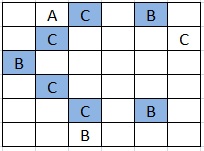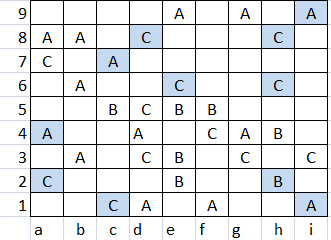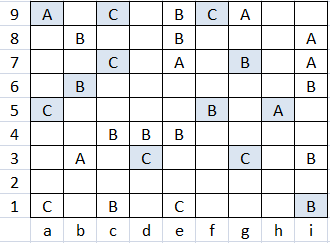 1) The five pirates**
1) The five pirates**
Five pirates have 100 gold pieces. They are all perfect logicians, greedy , and blood thirsty.
They have a strict order of seniority, and the most senior pirate makes a proposal how to divide the 100 gold pieces among them. The pirates vote on the proposal. If the proposal is accepted (more votes for than against, or the number of votes are equally divided), the 100 gold pieces are divides as per proposal.
The gold pieces can not be divided into fractions, and all pirates are know that the others are logical too. Moreover, they don’t trust each other, so any deals among the pirates are not possible.
If the proposal is rejected (at least as many votes against as in favour of the proposal), the pirate who made the proposal is killed and the pirate who is next in order of seniority makes a proposal. That can continue till there is just one pirate left.
When casting his vote, the priorities of each pirate are:
I) Stay alive himself
II) Get as much gold as possible
III) Kill off other pirates
All 5 pirates are perfect logicians, and immediately sees the result of any proposal and will, with the a fore mentioned priorities in mind, cast his vote.
Which proposal should the most senior pirate make?
2) Five pirates again**
This puzzle is the same as above, with two changes:
a) If the votes on a proposal are equally divided, the proposal is rejected.
3) How many pirates?**
How many pirates can take part in the division of 100 gold pieces, with the rules from puzzle 1, with the first one still surviving? And how does the pattern develop with an ever increasing number of pirates?
There is of course no intrinsic reason why the persons in this puzzle should be pirates. They could easily well be immigrants from Pluto on Mars, or be hula-hoop girls on a remote pacific island. I have retained the pirates as figures because people are most likely to search for this word when trying to study this puzzle.
If you solved it, we have the solution to 1
If you solved it, we have the solution to 2
If you solved it, we have the solution to 3

 1) The five pirates**
1) The five pirates**




